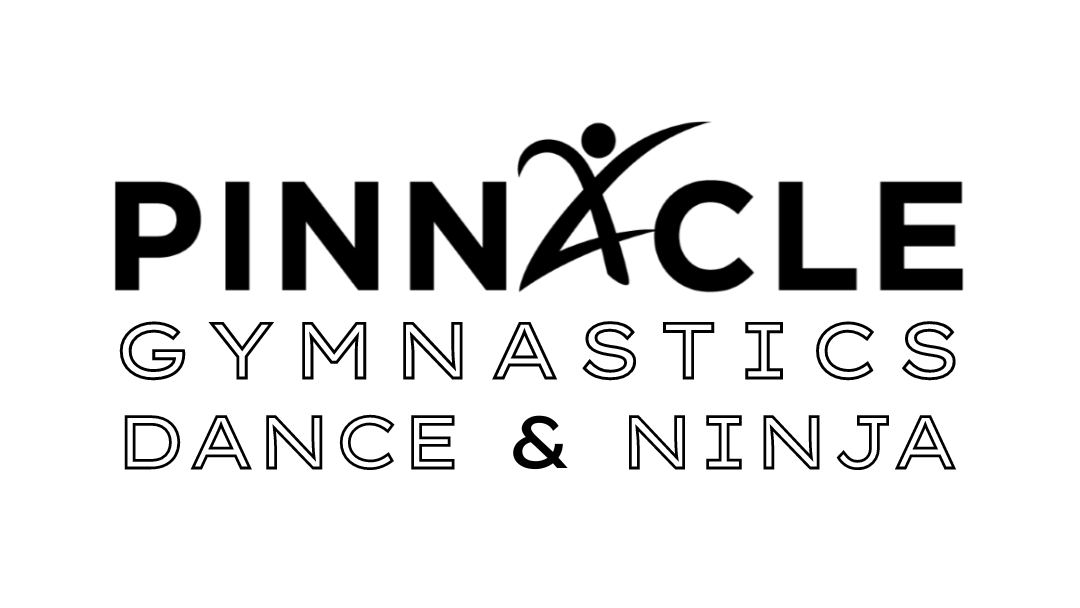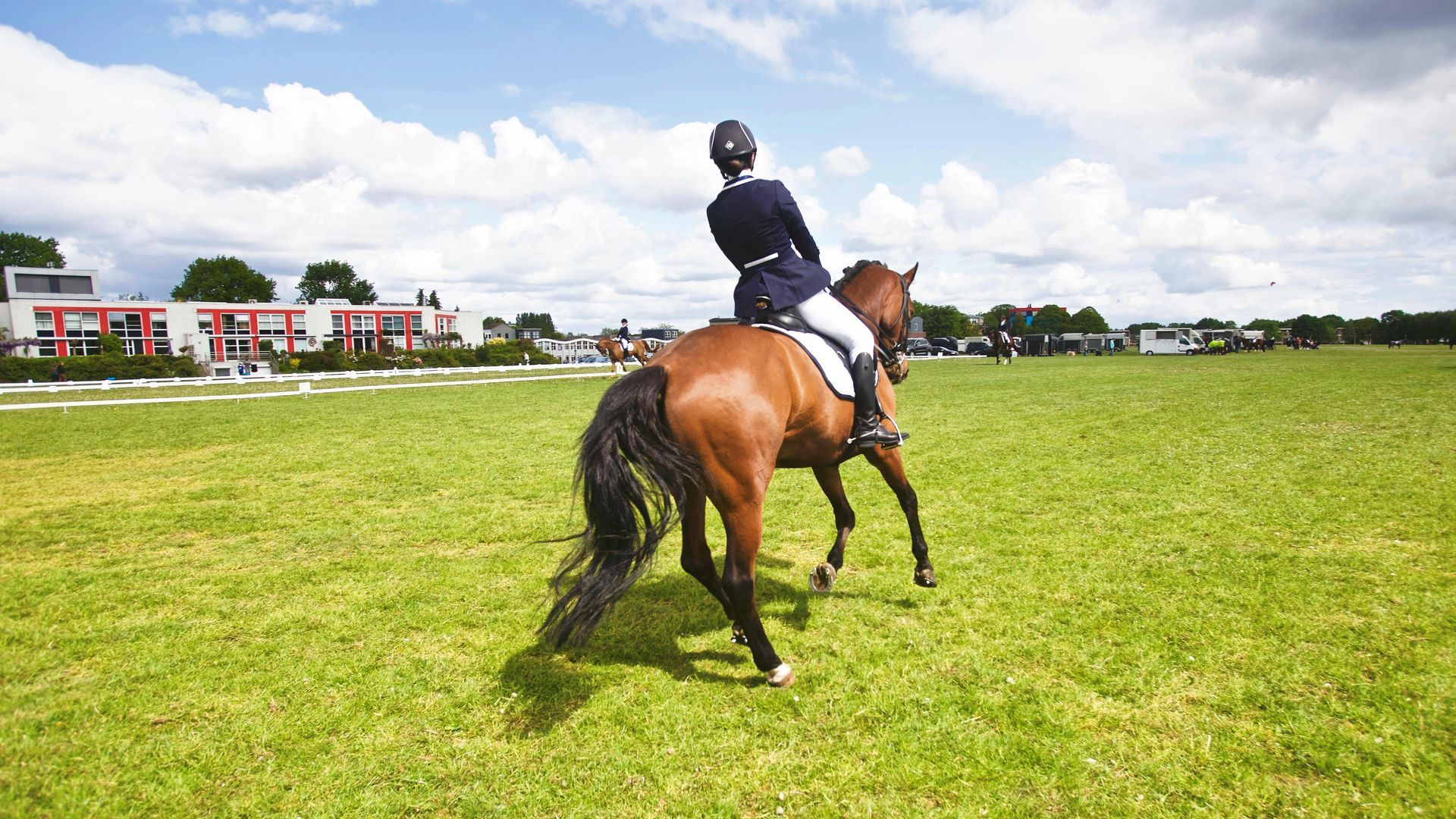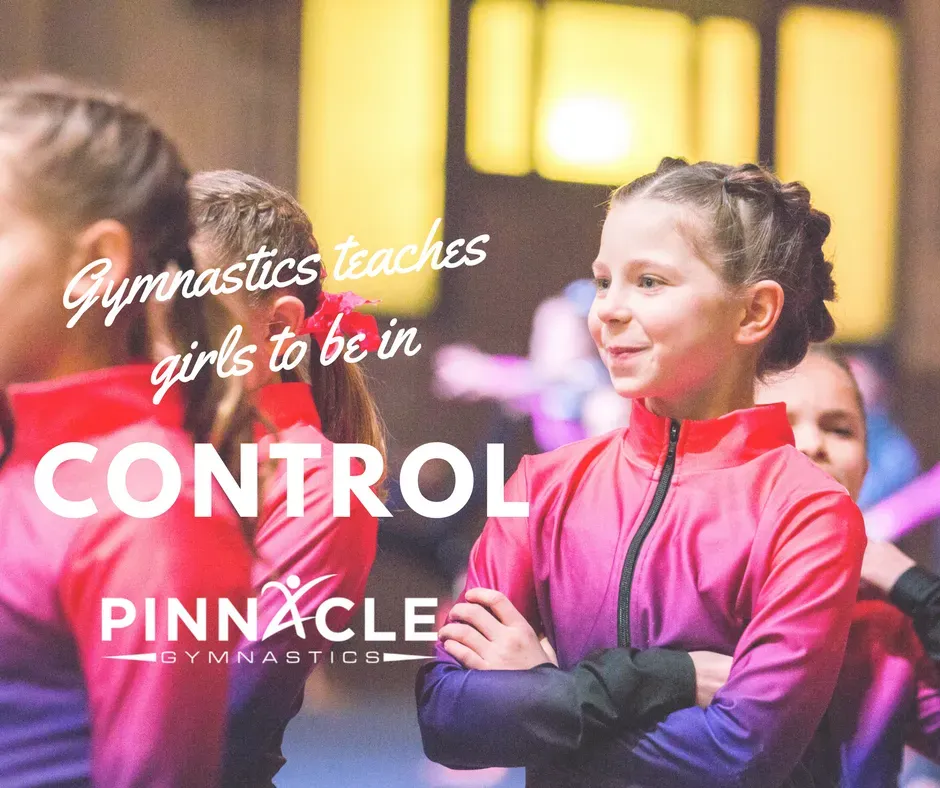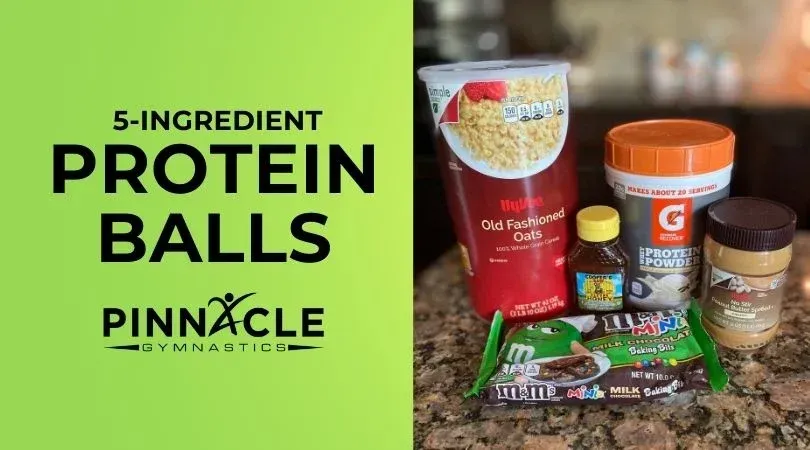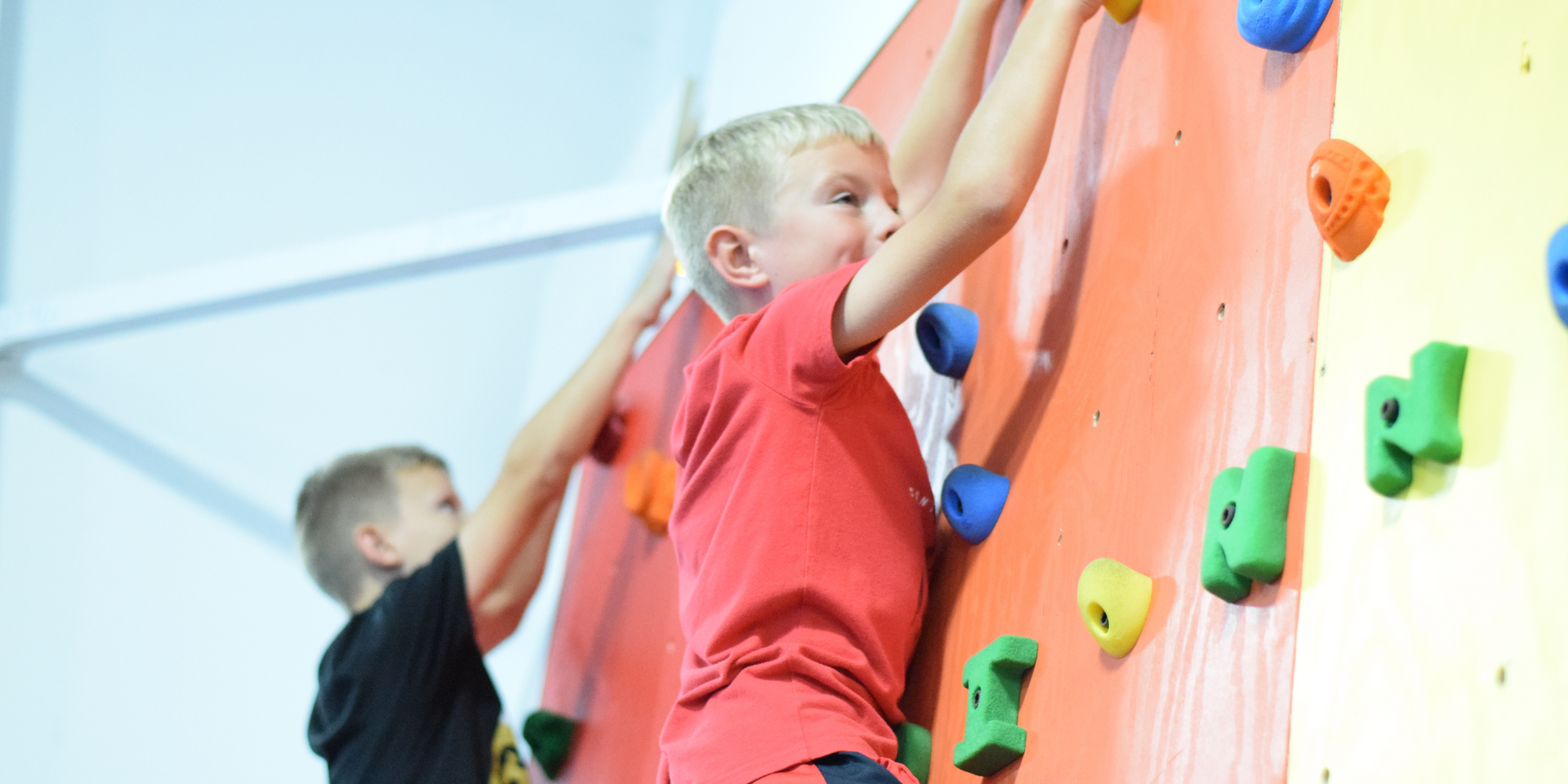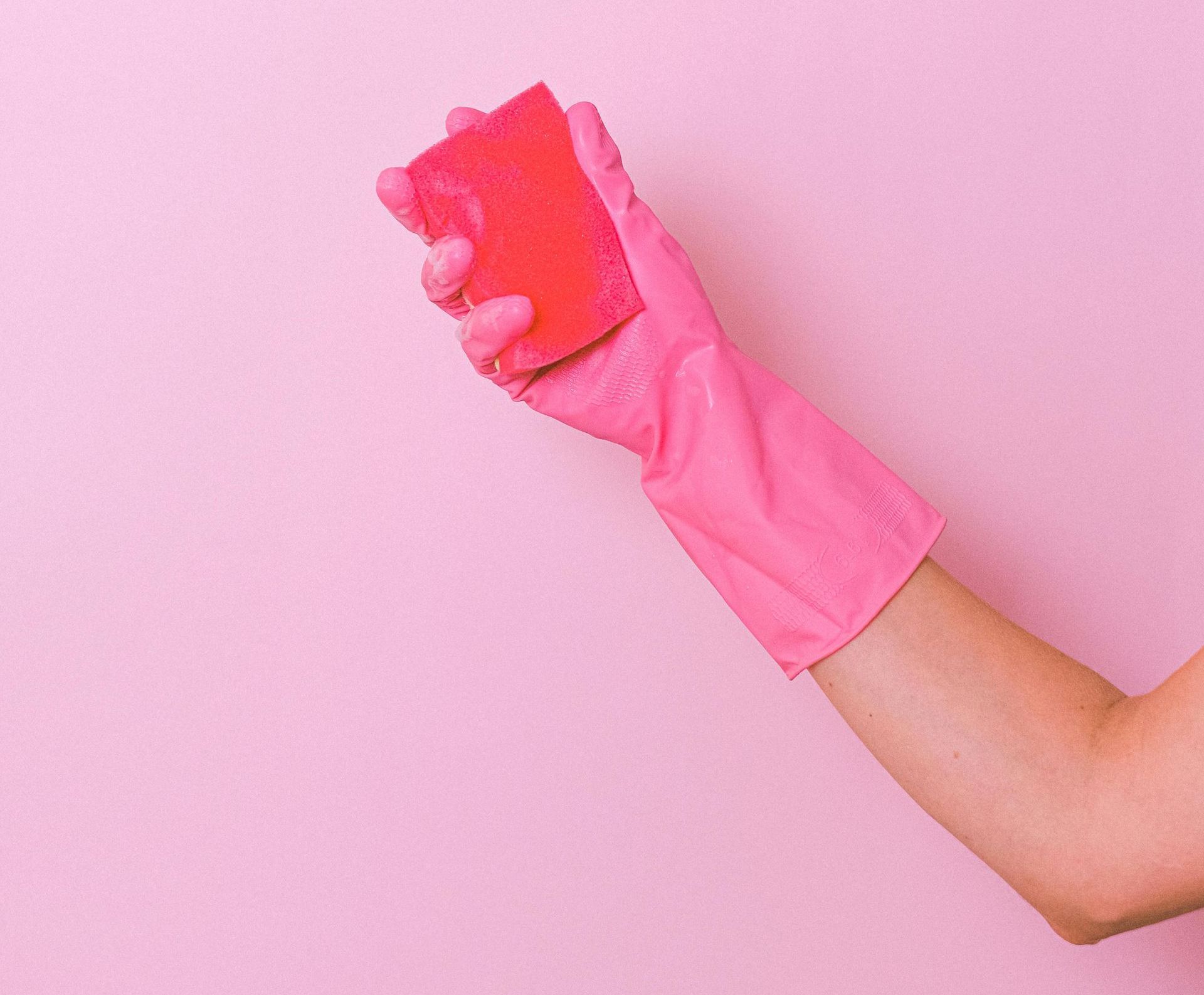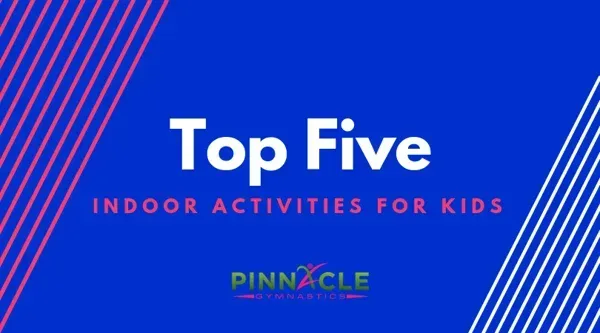Easy STEM Activities for Preschoolers
Easy STEM Activities for Preschoolers: Fun Ways to Spark Curiosity and Learning
STEM education—an acronym for Science, Technology, Engineering, and Mathematics—is all about cultivating a child’s natural curiosity, encouraging hands-on exploration, and helping them develop problem-solving and critical-thinking skills. For preschoolers, STEM doesn’t need to be complicated or involve expensive materials. In fact, there are countless fun and simple activities that you can do at home or in the classroom to introduce young children to the wonders of STEM.
We’ll explore easy STEM activities for preschoolers that are not only fun and engaging but also provide important opportunities for learning. Whether it’s building, experimenting, or exploring the natural world, these activities will help foster a love for STEM from an early age, all while promoting cognitive, social, and motor development.
Why STEM for Preschoolers?
Introducing STEM at a young age is critical for several reasons:
- Encourages Critical Thinking: STEM activities require children to think, question, and problem-solve, which enhances cognitive development.
- Fosters Creativity: STEM isn’t just about facts and formulas—it's about exploration, imagination, and creativity. Preschoolers can express themselves by experimenting and discovering new ideas.
- Promotes Curiosity: STEM activities allow kids to explore the world around them, turning everyday experiences into opportunities for learning.
- Builds Fine and Gross Motor Skills: Many STEM activities for preschoolers involve hands-on tasks like building, measuring, and experimenting, which helps children develop their motor skills.
- Prepares for Future Learning: Early exposure to STEM lays the groundwork for more advanced concepts later in school and sparks an interest in subjects like science, math, and engineering.
Fun and Easy STEM Activities for Preschoolers
Here’s a collection of simple and exciting STEM activities that will help introduce your little one to the wonders of the world in a way that’s easy to understand and loads of fun.
1. Sink or Float Experiment
This classic science experiment is a simple way for preschoolers to start exploring the concept of buoyancy. It's a hands-on way to teach them about objects that sink or float in water.
- What You Need: A clear bowl or basin of water, a variety of small objects (e.g., a rock, a plastic toy, a coin, a leaf, a sponge, a ball).
- What to Do:
- Gather a variety of objects and ask your child to predict whether each one will sink or float.
- Place each object into the water one by one and observe what happens.
- Talk about why some objects float while others sink and how the size, shape, and weight of an object affect its ability to float.
- Why It’s Fun: This experiment teaches children about scientific inquiry, cause and effect, and allows them to make predictions and test them in a hands-on way.
2. Build a Simple Bridge with Blocks
Engineering is all about designing, building, and problem-solving. For preschoolers, building with blocks or other simple materials helps them understand basic principles of engineering, such as stability, structure, and balance.
- What You Need: Blocks, Legos, or any other building materials you have on hand. You can also use paper rolls or cardboard tubes to represent columns or support beams.
- What to Do:
- Ask your child to build a bridge that can hold a small toy or car.
- Test the bridge by placing the toy on it and observing how well it holds up. If the bridge collapses, encourage your child to try again, making adjustments to improve its design.
- Discuss what makes the bridge stable or unstable and encourage them to experiment with different shapes and sizes of supports.
- Why It’s Fun: This activity introduces kids to engineering concepts like design, strength, and stability, all while fostering problem-solving and creativity.
3. Baking Soda and Vinegar Volcano
This fizzy and colorful activity is a fun way to introduce young children to chemical reactions. The combination of baking soda and vinegar produces an exciting eruption, which can be tied into lessons about volcanoes and chemistry.
- What You Need: A small container (like a plastic bottle or small cup), baking soda, vinegar, food coloring (optional), a tray to catch any mess.
- What to Do:
- Set up the container on a tray and fill it with a couple of spoonfuls of baking soda.
- Pour in a small amount of vinegar and watch the reaction as the “lava” erupts.
- Add food coloring for an extra visual effect.
- Talk about what happens when the vinegar mixes with the baking soda and why it causes the bubbly reaction. You can even tie it to a discussion of real volcanoes and eruptions!
- Why It’s Fun: This activity teaches kids about chemical reactions and the concept of cause and effect while providing plenty of visual excitement.
4. Color Mixing with Water
Understanding colors is an early step in STEM education, and this activity allows preschoolers to explore how different colors combine to make new ones. It’s an easy and visually engaging way to introduce kids to the basics of mixing and observation.
- What You Need: Clear cups or containers, food coloring, water, and a spoon or stirrer.
- What to Do:
- Fill each cup with water and add a few drops of food coloring to each—one cup for red, one for blue, and one for yellow.
- Ask your child what they think will happen if they mix two of the colors together. Encourage them to experiment by combining different colors and observing what new colors appear.
- Afterward, discuss the results and how different color combinations can create new shades.
- Why It’s Fun: This activity helps preschoolers explore color theory, mixing, and observation in a hands-on way. It’s also great for developing fine motor skills as kids pour and stir the water.
5. Simple Circuit with a Battery and Light Bulb
Preschoolers can start learning about electricity and circuits with a very simple circuit project. This activity helps them understand how electricity flows and powers objects.
- What You Need: A battery (AA or AAA), a small light bulb, and some electrical tape or clips.
- What to Do:
- Show your child how to connect the battery to the light bulb using the electrical tape or clips.
- Encourage them to experiment with how different configurations of the circuit affect whether the light bulb lights up.
- Discuss the concept of an electrical circuit, explaining how electricity flows from the battery to the bulb.
- Why It’s Fun: This activity introduces basic principles of electricity and simple circuits in a very hands-on, interactive way.
6. Planting Seeds and Observing Growth
Gardening is a great way to introduce young children to the concepts of biology, growth, and life cycles. It also ties into STEM by teaching them about cause and effect, observation, and the needs of living organisms.
- What You Need: Seeds (e.g., beans, sunflowers), soil, a pot or small container, and water.
- What to Do:
- Plant seeds in a small container and water them together with your child.
- Encourage your child to observe the changes that happen over time, like the seeds sprouting roots and leaves.
- Keep a simple plant journal to document the growth process with pictures or drawings.
- Why It’s Fun: Watching a seed grow into a plant is a magical experience for young children, and it’s a great way to teach them about biology, the environment, and patience.
7. Making Shapes with Playdough
Playdough isn’t just a fun sensory activity—it’s a fantastic tool for introducing young children to basic geometric shapes and spatial reasoning. Preschoolers can experiment with creating different shapes and patterns, helping them develop both creativity and early math skills.
- What You Need: Playdough in various colors, a rolling pin, and cookie cutters or plastic knives.
- What to Do:
- Encourage your child to roll out the playdough and use cookie cutters or their hands to form different shapes—circles, squares, triangles, and more.
- Talk about the different properties of each shape (e.g., how many sides it has, whether it’s flat or 3D).
- You can also challenge them to create patterns or use the playdough to build simple structures like towers or bridges.
- Why It’s Fun: This activity supports fine motor development while teaching children about shapes, spatial relationships, and symmetry. Plus, it’s a creative and hands-on way to explore early math concepts.
Fostering a Love of STEM from a Young Age
Introducing preschoolers to STEM doesn’t require fancy gadgets or complex lessons—simple, hands-on activities are all it takes to start building a solid foundation for future learning. The activities listed above are easy, fun, and full of educational opportunities that will spark curiosity and lay the groundwork for critical thinking, problem-solving, and creativity.
As you explore these activities with your child, be sure to follow their lead and encourage their natural sense of wonder. Asking questions like, “What do you think will happen next?” or “Why do you think that worked?” helps them develop important thinking skills while also deepening their understanding of the world around them.
By introducing STEM to preschoolers in an engaging and playful way, you’re not only helping them develop valuable skills but also igniting a lifelong love for learning that will stay with them as they grow.
